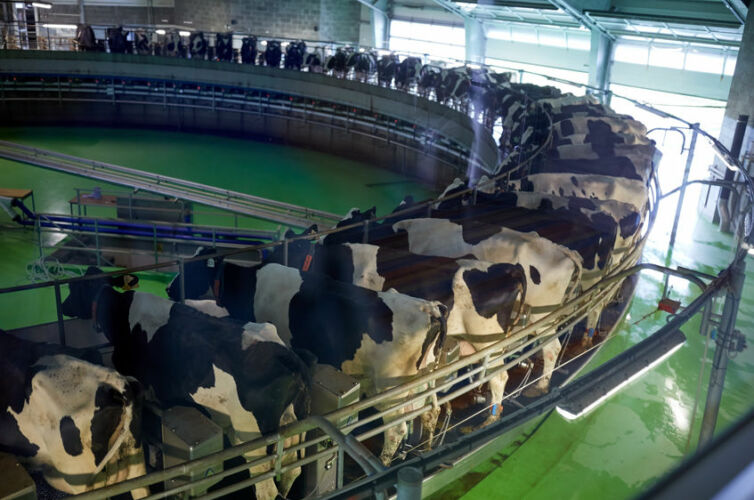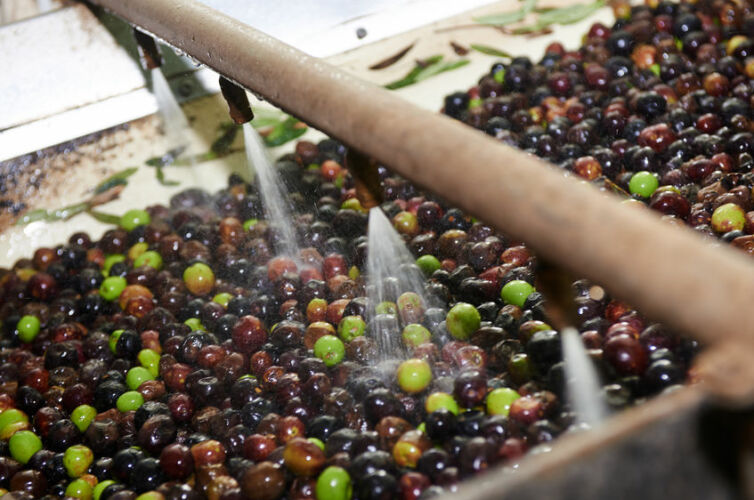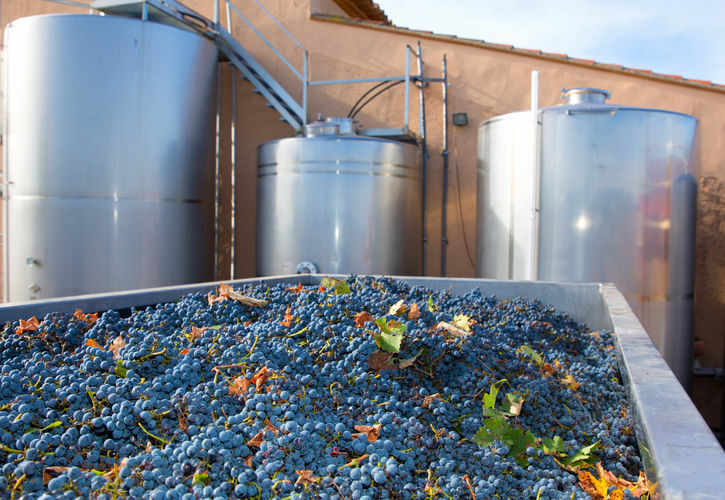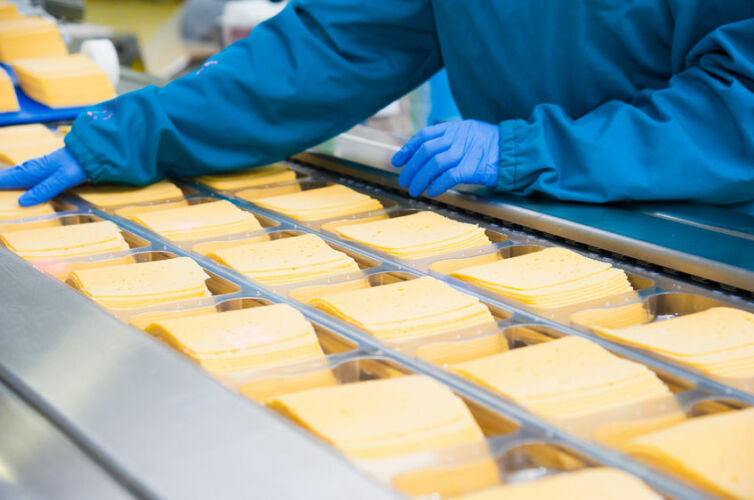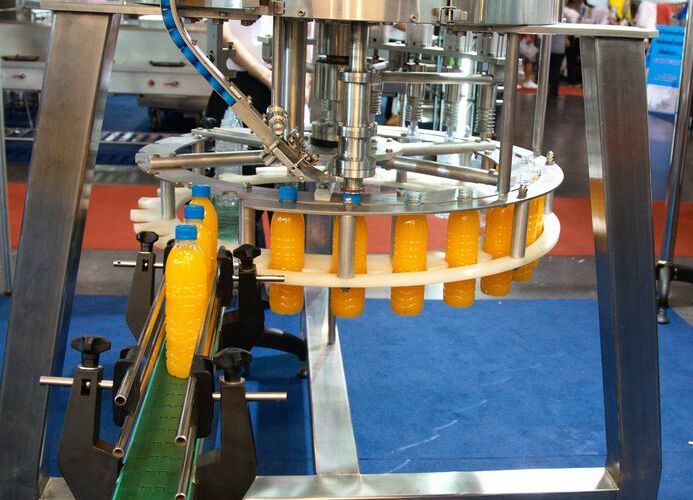Cheese Plant
A cheese manufacturer with a 3 million gallon earth lagoon, discharges whey onto an adjacent meadow. Typically the lagoon establishes an active green algae population during summer operations. During winter operations the daily whey wastewater is discharged directly into the lagoon system, which has enough capacity to retain all whey discharge until February / March. The collection tank in the factory has fluctuating BOD loadings from 3,860-10,600. The pH range in the collection tank is from 9.8-11.6. At this pH range no microbiology is present. The periodic, discharge from the tank into the lagoon is up to 6,200 GPD. In the winter, the lagoon is ice- covered. In the spring, algae along with process odors occur. The lagoon is covered by ice and at aeration start up in spring severe odor emission occurs.
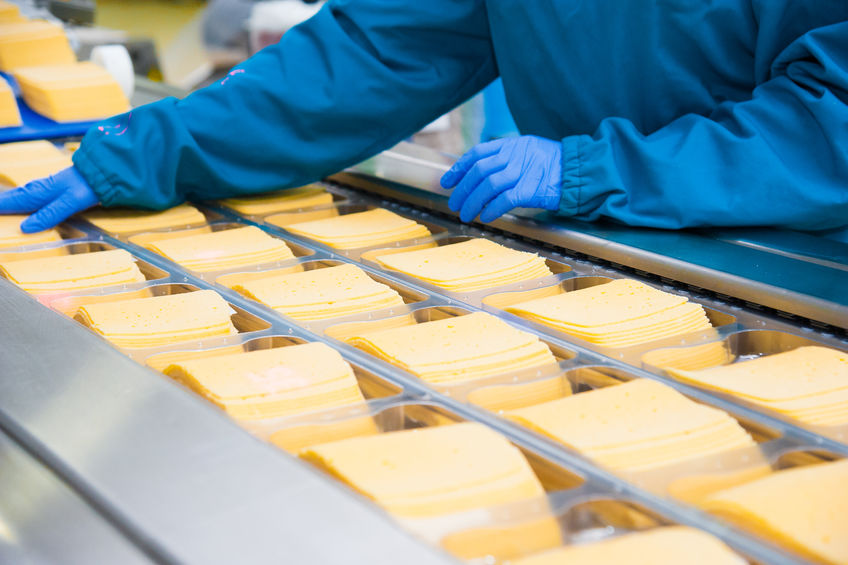
Application Task
Eliminate odor and reduce BOD.
Methodology
Installation of the Bioreactor System in the 3 mil gal. primary treatment lagoon.Installation occurred in February. In April bio-augmentation was added following lagoon temperature increase to ~ 56°F.
Impact (following an operation period of ten months)
- Increased microbial diversity. Dominant blue-greens (cyanobacteria) has been replaced by aerobic microlife forms (bacteria, protists; microcrustacean populations). [installation + 6 months]; high MLSS
- Total elimination in odor emissions (essentially no odor); first time in five years
- BOD loading (3,800 – 10,600 mg/L) reduced by 73%. (250 mg/L).
- Sludge reduction within lagoon system by 50%
- pH ~ 7.7
- FOG reduced from 71 to 11
- Significant biological nutrient removal (BNR25)



